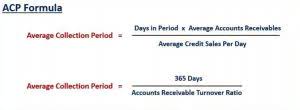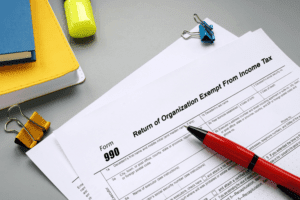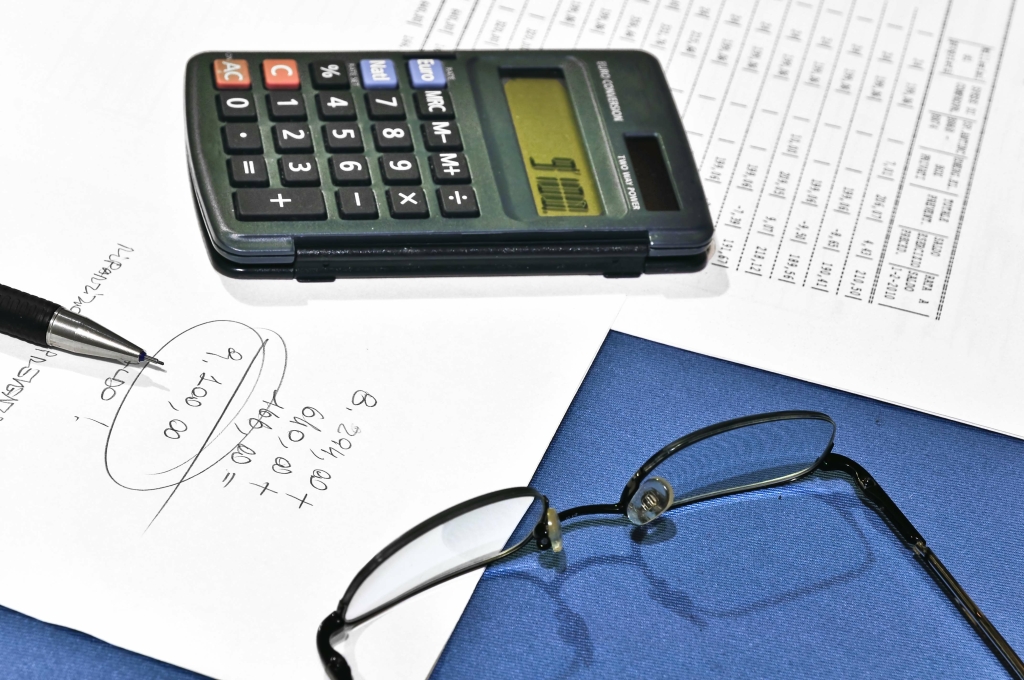How Dividends Affect Stock Prices With Examples

These techniques rely on anticipated future dividend streams to value shares. The dividend policy of a company defines the structure of its dividend payouts to shareholders. Although companies are not obliged to pay their shareholders for their investments, they still choose to do so due to various reasons mentioned above. Therefore, companies regard dividend policy as an important part of their relationship with their shareholders. There are three main types of dividend policies that companies may adopt.

Motley Fool Returns
Both small and large stock dividends cause an increase in common stock and a decrease to retained earnings. This is a method of capitalizing (increasing stock) a portion of the company’s earnings (retained earnings). After the distribution, the total stockholders’ equity remains the same as it was prior to the distribution. The amounts within the accounts are merely shifted from the earned capital account (Retained Earnings) to the contributed capital accounts (Common Stock and Additional Paid-in Capital). Prior to the distribution, the company had 60,000 shares outstanding. The difference is the 3,000 additional shares of the stock dividend distribution.
- Finally, as with everything else regarding investment record keeping, it is up to individual investors to track and report things correctly.
- The key factor cited by the Committee on Accounting Procedures is the management’s intent.
- The ex-dividend date is the first day on which an investor is not entitled to the dividend.
- To use this model, the company must pay a dividend and that dividend must grow at a regular rate over the long term.
- Companies use many different methods to calculate the dividend they want to pay to their shareholders.
Calculating dividends per share
When a company declares a small stock dividend, it issues additional shares to its holders without paying cash dividends. The Bookkeeping entry for this transaction is one debit, which increases Retained Earnings by increasing common stock. Retained Earnings show the total amount of income that a company has earned and not paid to stock dividends are recorded at market value, while stock dividends are recorded at par value. its shareholders as dividends. Cash dividends are corporate earnings thatcompanies pass along to their shareholders. First, there must besufficient cash on hand to fulfill the dividend payment. On the day the board of directors votes todeclare a cash dividend, a journal entry is required to record thedeclaration as a liability.
What Complicates Dividends for Investors
- Regardless of the type of dividend, the declaration always causes a decrease in the retained earnings account.
- A stock dividend distributes shares so that after thedistribution, all stockholders have the exact same percentage ofownership that they held prior to the dividend.
- They are ‘dividends’ in the sense that they represent distribution to shareholders.
- They are not considered expenses, and they are not reported on the income statement.
Consequently, the committee established a third test that depends on the size of the dividend compared to the number of shares outstanding prior to its declaration. Tax is another important consideration when investing in dividend gains. Investors in high tax brackets often prefer dividend-paying stocks if their jurisdiction allows zero or comparatively lower tax on dividends.
Companies structured as master limited partnerships (MLPs) and real estate investment trusts (REITs) require specified distributions to shareholders. Funds may also https://www.bookstime.com/ issue regular dividend payments as stated in their investment objectives. Stock dividends are only declared on shares outstanding, not on treasury stock shares.

Using a balance sheet and income statement
In the case of a cash dividend, the money is transferred to a liability account called dividends payable. This liability is removed when the company makes the payment on the dividend payment date, usually a few weeks after the ex-dividend date. The date of payment is the third important date related to dividends. This is the date that dividend payments are prepared and sent to shareholders who owned stock on the date of record. The related journal entry is a fulfillment of the obligation established on the declaration date; it reduces the Cash Dividends Payable account (with a debit) and the Cash account (with a credit).

